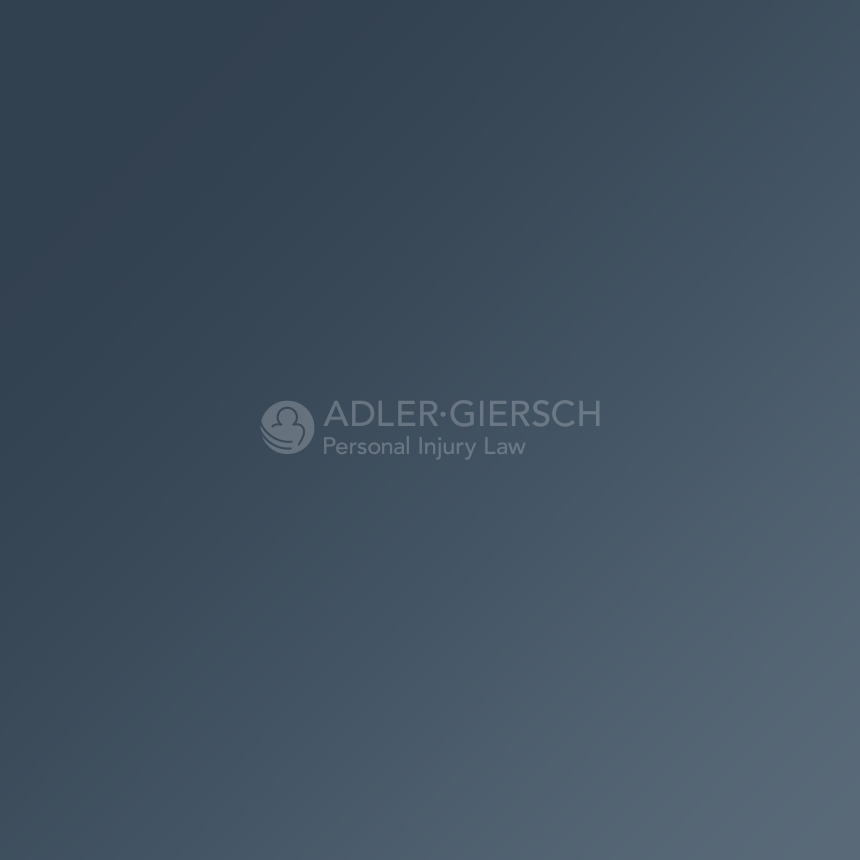Traumatic Brain Injury (TBI) is a truly unique medical condition, with a varying host of potentially significant complications that can affect cognition, motor function, behavior, and emotion. Due to the invisible nature of the injury, victims of TBI commonly do not get the prompt treatment they need for their impairments. When the patient is finally diagnosed with a TBI after much delay, and appropriate treatment begins, there can be a cascading effect from the delay of psychological complications that can make treatment more frequent and prolonged.
Unfortunately, the psychological effects can unknowingly be de-emphasized in the period immediately following a TBI because of a patient’s other injuries from a traumatic event. For example, a patient’s more visible physical injuries or complaints, such as neck, back, or joint pain can take precedence over the more delayed and sometimes subtle signs of traumatic brain injury observed by clinicians, friends, or families of victims suffering from head trauma.
As a result of neuro-chemical changes that progress over time and impact cognitive functioning, survivors of TBI can find themselves in a depressed state which, if left undiagnosed or untreated, can progress further into a much more severe form of depression. Studies have shown there is now evidence to indicate a correlation between TBI and incidences of Major Depressive Disorder (MDD) in the first year following this type of injury.
A study conducted between 2001 and 2005 at Harborview Medical Center in Seattle, Washington, sought to describe the rates, predictors, and outcomes of major depressive disorder among patients having suffered traumatic brain injury. [1] The study relied on 559 consecutively hospitalized adult patients with a diagnosis of “complicated mild” to severe TBI. [2] Trained research personnel relied on structured telephone interviews to follow these patients on a monthly basis for the initial 6 months after the TBI diagnosis. (Interviews were spread out to every 2 months for the remaining 6 months). Participants in the study were required to pass an orientation examination before being allowed to contribute. At each phone assessment, researchers administered the Patient HealthQuestionnaire (PHQ)[3] modules for depression and anxiety, and at 12 months, the European Quality of Life[4] measure was administered.
The results of the study revealed:
- 53.1% of the patients met the criteria for major depressive disorder at least once in the 12-months following the diagnosis of their TBI.
- The incidence of MDD was highest within the first month following the trauma that caused the TBI.
- Of patients that screened positive for MDD within the first 3 months of their injury, the duration of their depression was an average of 4 months.
There are several important takeaways from the Harborview study. First, the odds of a TBI survivor experiencing severe depression in the first year after the initial injury are significant. Second, a large percentage of TBI survivors who suffer from severe depression during this period will have no prior history of this condition.
Understanding how to effectively prove that depression was caused or worsened by a TBI can be a difficult challenge. Establishing this link requires the assistance of skilled health care professionals trained in the evaluation and treatment of TBI on a regular basis and its psychological impact. It is also important to have a skilled attorney trained in the understanding and injuries by those with traumatic brain injuries. The attorneys at Adler Giersch, have decades of experience proving TBI cases and are available for a complimentary consultation –simply give us a call.
[2] Mild, uncomplicated TBI is the most common. These particular cases were excluded from the study, and therefore, the results of the study do not necessarily correlate with this type of TBI. The study utilized patients with radiological evidence of acute, traumatically induced brain abnormality or Glasgow Coma Scale (GCS) score lower than 13.
[3] The Patient Health Questionnaire (PHQ) is a multiple-choice self-report inventory used as a screening and diagnostic tool for mental health disorders of depression, anxiety, alcohol, eating, and somatoform.
[4] The European quality of life survey (EQLS) examines a range of issues, such as employment, income, education, housing, family health, work-life balance, and life satisfaction.
